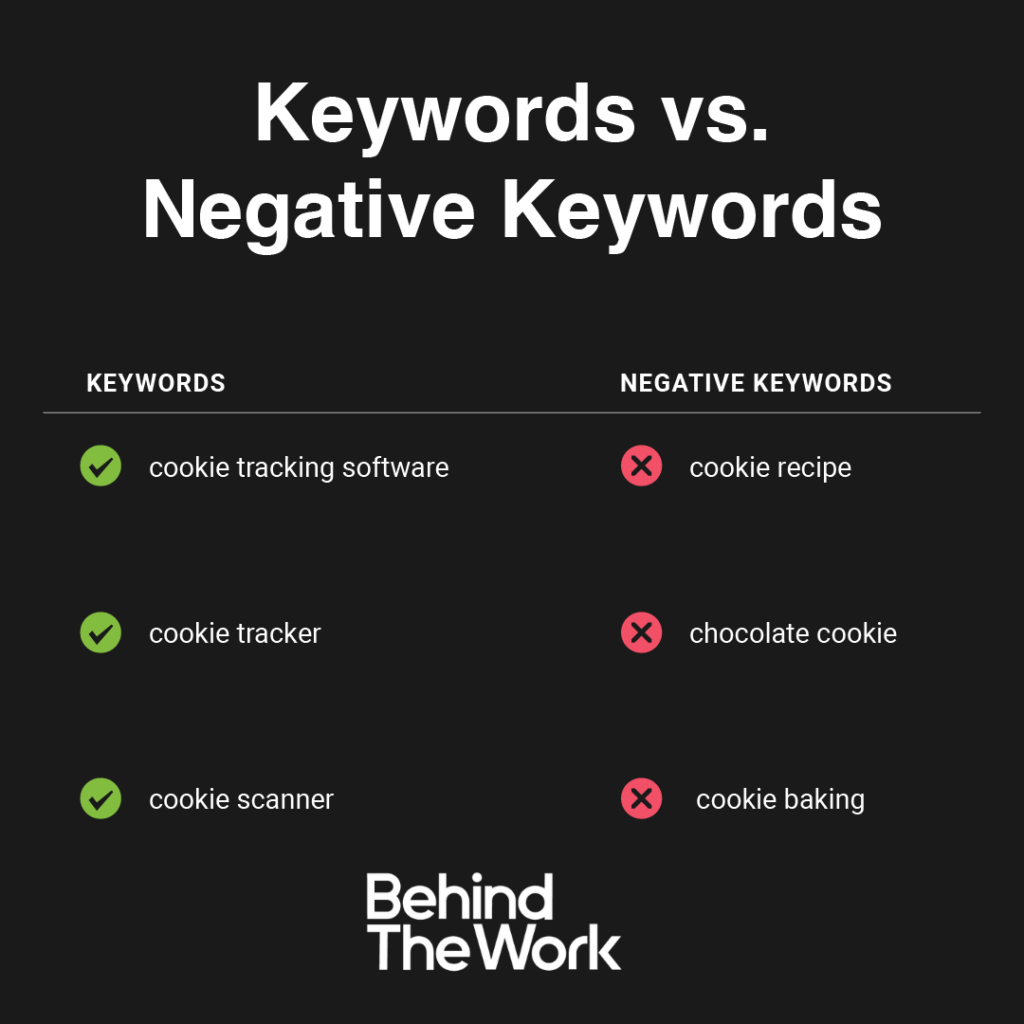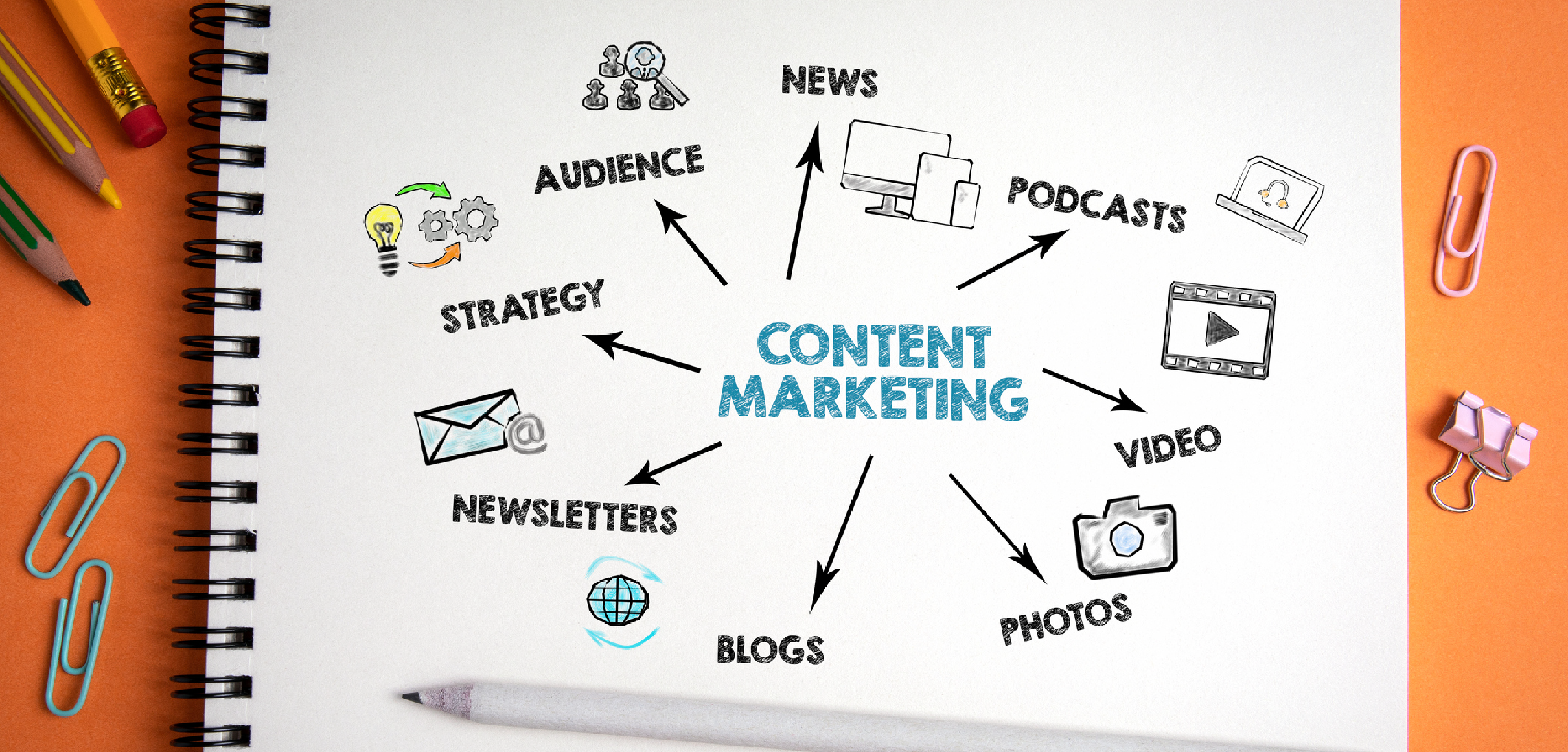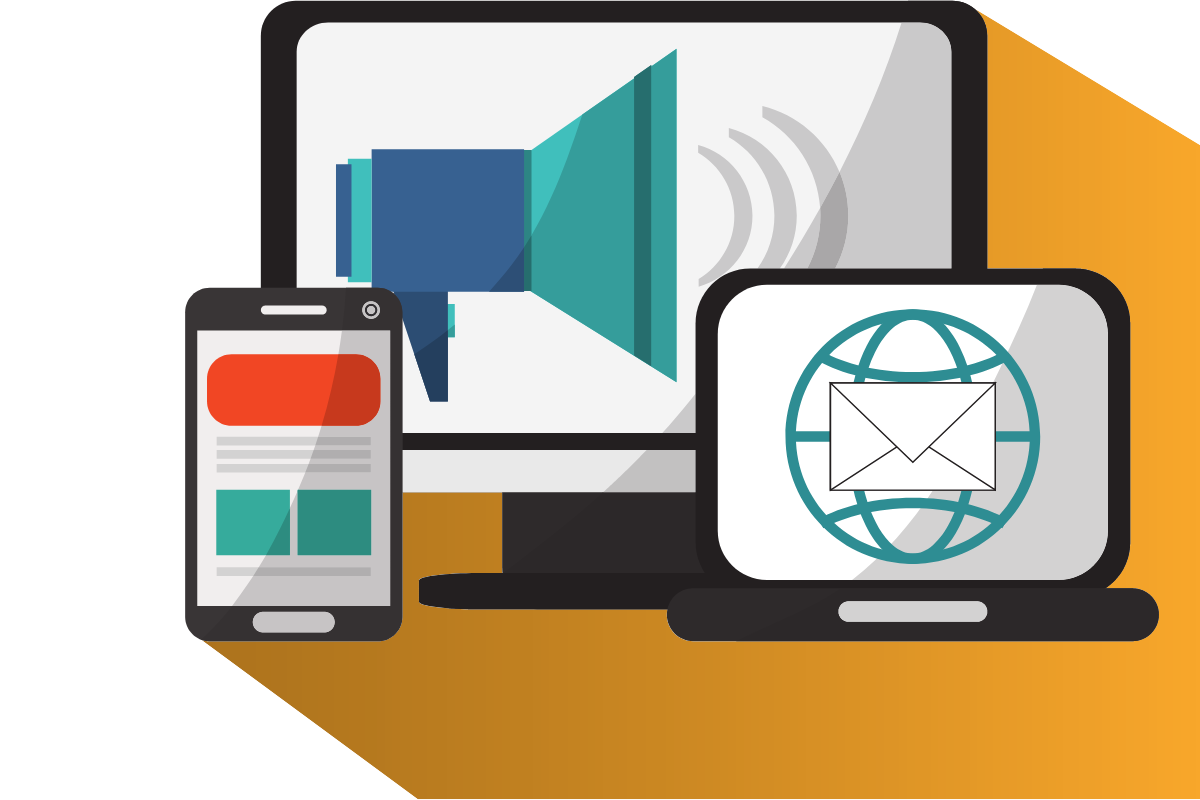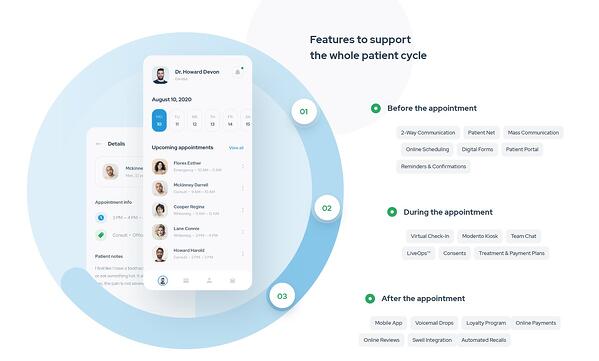Free trials often lead to higher conversion rates. One study showed that two out of three buyers who used a free trial ended up purchasing the product or service afterward. However, encouraging B2B buyers to sign up for the trial in the first place isn’t always straightforward. Thankfully, PPC for SaaS companies can improve your trial signup rate.
Learn how pay-per-click for SaaS works and how you can use it to increase your trial signups.
Does PPC Work for B2B Marketing?
PPC advertising is effective for both B2C and B2B marketing for a SaaS company.
Reaching primary decision-makers can be difficult as you don’t have as many options as B2C marketing. However, when you use PPC strategies, you have a greater chance of your marketing content with your trial signup appearing in front of the right people, which will boost your B2B marketing strategy.
PPC ads can appear in searches, social media, and third-party websites.
What Are the 8 Types of PPC Ads?
Explore the eight primary PPC examples:
Paid Search Advertising
Search ads are content you sponsor to guarantee it appears at the top of relevant Google searches. This is the most popular type of PPC ad. When they appear at the top of search engine results, they have an “Ad” marker before the URL.
To create Google ads for SaaS businesses, you choose the content you want to sponsor and bid on keywords that you want that content to rank for in the tech niche. When your target B2B audience searches those terms, your content with the trial signup will be one of the top results.
Display Advertising
Display ads are like digital billboards. They appear in advertising widgets on sidebars of third-party websites. They are often images with messages that take the reader to a designated landing page.
Instead of targeting keywords, you target specific people. For example, Google can track users and display your trail signup ad to visitors who had previously visited your site.
Social Media Advertising
Over half the world’s population is on social media, making it an ideal place to advertise your trial. Even B2B companies see a positive return for social ads, with 60% of B2B marketers confirming they received an ROI from paid ads on social media.
Some of the most popular platforms for social media advertising include:
LinkedIn is the most effective social media channel for B2B marketing as 80% of the members are business decision-makers.
Because social media users enter an extensive amount of personal information, you can target your audience on social media easier. Use filters like location, demographics, interests, and behaviors to find your audience. Your paid content will appear on their feeds with a “Sponsored” tag under your profile.
Retargeting Ads
Not everyone who visits your website will purchase immediately. The average decision-maker will interact with 13 different pieces of content before choosing a vendor.
Remarketing is the strategy you use to bring your website traffic back to your site after they initially left. While there are several ways you can remarket, retargeting tracks the visitor and then displays PPC ads with your content on third-party sites. These reminders of your products and services offer visitors a chance to reconsider their decision and encourage them to return to your site.
About 33% of B2B marketers say they plan on investing in remarketing as part of their PPC strategy.
Instream Advertising
If you have a video ad, you can display it at the start, middle, or end of a YouTube video as a PPC instream ad.
YouTube is one of the top-visited sites globally, just below Google and Facebook, making it another prime spot to post your ads and reach your target audience. Since 70% of B2B buyers say they watch videos in their buyer’s journey, video ads should play a significant role in your PPC campaigns.
Gmail-Sponsored Ads
You can send your marketing content directly to your audience through Gmail-sponsored ads. These ads appear in the recipient’s inbox alongside their other mail but have an “ad” tag to distinguish them. However, since most businesses don’t use Gmail, these PPC ads are primarily for B2C marketing.
Google Shopping Ads
Google shopping ads are paid ads for your products or services. This ad format works best for physical items from ecommerce stores rather than SaaS companies.
Local Service Ads
This PPC ad is for local businesses offering services to help them appear in local search results. SaaS businesses do not qualify for local service ads.
“LinkedIn is the most effective social media channel for B2B marketing as 80% of the members are business decision-makers.”
How Do I Create a SaaS Marketing Plan to Increase Trial Signups?
Paying for an ad only improves your reach but doesn’t guarantee the right audience will click on the ad. So, what are the proven PPC tactics for more effective SaaS marketing?
Use these eight strategies to build a SaaS marketing plan to increase your trial signup rate.
1. Use Comprehensive Analytics
Tracking the buyer’s journey will tell you where your clients came from before they signed up for your trial. Those previous touchpoints will be key channels for displaying your PPC ads to increase the number of buyers ready to sign up.
However, the attribution model you use for tracking your buyers and their touchpoints will impact how you view your channels. An attribution model is how you distribute value from a sale among each contributing channel.
If you use a last-click attribution model, you only attribute the trial signup to the last channel the buyer visited. This model doesn’t consider other stops they made leading up to the trial signup. For example, that same buyer might have spent significant time on social media earlier in their sales journey, making that channel another valuable location for ads.
Seeing the entire journey in your attribution model is the most effective way to choose the best channels for your PPC ads.
“Seeing the entire journey in your attribution model is the most effective way to choose the best channels for your PPC ads.”
2. Optimize Your Landing Page
Each PPC ad should have its customized landing page. A landing page is a static page that your traffic arrives at from your PPC ads. If your ads send your visitors to your website, they don’t have any specific direction to go and are more likely to get distracted on your site or lose interest.
However, a landing page removes all distractions like the navigation bar. When visitors arrive, there is only one action to complete, like signing up for your trial.
It can also customize the visitor’s message according to the campaign they come from. For example, if your ad was a PPC ad on LinkedIn that targeted financial decision-makers, your landing page might focus on the financial benefits of your software.
To optimize your landing page fully, you will need to perform A/B testing to see which formats and page setups connect best with your audience. For instance, you can run several ads that lead to a copy of the same landing page. However, each landing page might use a different color trial signup button. You can watch to see which color received the most trial signups.
3. Use a Variety of Ads
The average person sees between 6,000 and 10,000 ads each day. In addition, many of those ads are the same across different platforms. If your buyers see a copy and paste of your ad several times a day for several days, they will quickly develop ad fatigue. Instead of reaching them with your invitation to your trial, you will create a negative response.
To avoid ad fatigue, continually switch up your ads, message, images, and format to keep your ads fresh. Each interaction will feel like a new experience and give you another opportunity to highlight the benefits of your trial and products.
“The average person sees between 6,000 and 10,000 ads each day.”
4. Use Lookalike Audiences
When you use Facebook, take advantage of their lookalike audience feature for PPC ads. It will help you reach more of your target audience with your trial signup.
Lookalike is a feature that analyzes your current social media audience. It then searches Facebook for groups with similar characteristics and shares your ads with that audience.
You can create a custom list of a segment of your audience for Facebook to analyze. Then you can make up to 500 lookalike audiences for each group.
5. Create Multiple Personalized PPC Ads
Roughly 80% of marketers say they saw more sales when they used personalization in their strategies. Personalized PPC ads and landing page content change for each target audience to ensure it has the most relevant message for each decision-maker.
“Roughly 80% of marketers say they saw more sales when they used personalization in their strategies.”
For example, what motivates the head of marketing to sign up for your trial will be different than what motivates the CEO of the same company. Therefore, adjusting your ad to those titles allows you to reach your audience more effectively for a higher conversion rate.
6. Use Negative Keywords
You may already know about keywords, which are search phrases you target in your content to improve your ranking in Google searches. However, you can also use negative keywords in your PPC ads.
Negative keywords are the opposite of keywords you want to rank for. They tell the search algorithm what searches you don’t want your ad to appear in because they aren’t relevant to your products or services. By using negative keywords, you reduce the number of clicks on your ad from visitors who aren’t going to sign up for your trial because the service isn’t designed for their needs.
For example, if you are promoting a cookie tracking software trial, you might include “cookie recipe” as a negative keyword, so the search algorithm doesn’t pull your software up in baking-related queries.

7. Track Micro Conversions
Before your buyers sign up for your trial, several micro conversions take place. The first micro conversion is clicking on your ad. Next, you can track how long they stay on your page or whether they scroll through the landing page to read your content.
By tracking these micro conversions, you can identify what parts of your PPC ad are effective and where you are most likely to lose your traffic.
For example, you might see many micro conversions leading up to filling out the form. However, most of your visitors might abandon the trial signup form before completing it. Therefore, you can identify the form as a roadblock to trial signups and work on improving that specific area of your landing page.
8. Create a Lead Qualification Process
Once your target audience signs up for a trial, your job isn’t done. When the trial ends, there is a chance they won’t purchase your product.
Part of your PPC ad campaign should include how to convert trial signups to retainers.
For example, once a buyer fills out the trial signup form, this action might trigger an automated email drip campaign. Through the emails, you nurture the lead and address any remaining roadblocks they may have.
You might also set up a support system where you can quickly resolve any issues and answer questions during the trial experience to ensure it’s as positive as possible.
Making a seamless transition from trial to retainer is also key to converting trial users because if the process is too complicated, they are less likely to complete it.
Optimize Your Trial Signups Using PPC for SaaS
Behind the Work can help you design ad copy and landing pages with a high conversion rate. Work with our B2B marketing experts to create customized content that will help you reach more of your marketing goals.
Contact us to learn more about our SaaS PPC Management service.

 Contributed by Laura Jo Sharpe
Contributed by Laura Jo Sharpe























